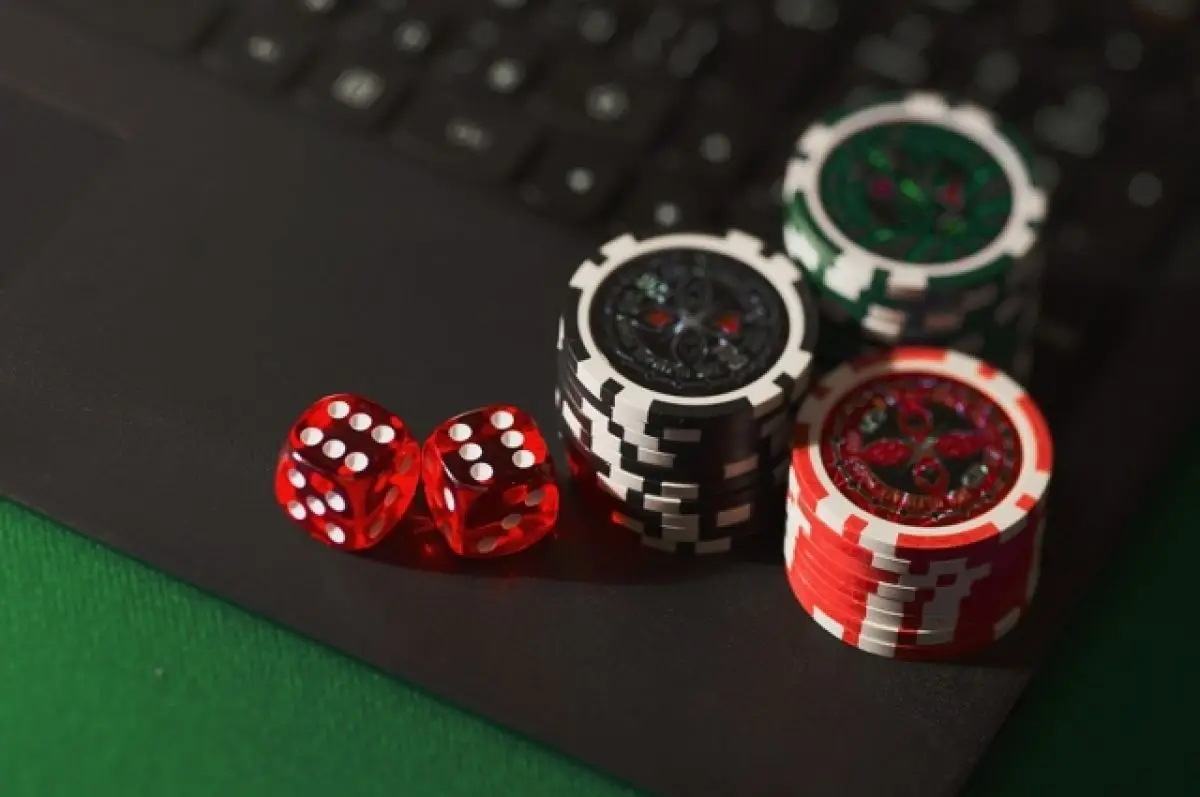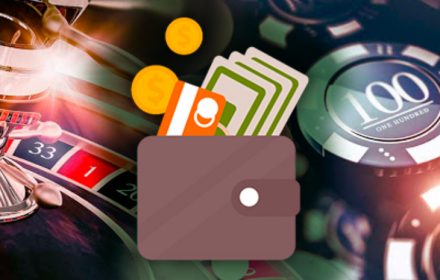Every step in a casino is accompanied not only by calculation but also by intuition, reinforced by something greater — a system of symbols and rituals rooted in ancient beliefs. Omens in gambling have transcended the bounds of naive folklore. They have transformed into carefully calibrated behavioral algorithms that influence bets, actions at the table, even the choice of clothing or the timing of entering the hall.
History: from the Sumerians to Vegas
Superstitions in gambling appeared even before the first casinos. In Mesopotamia around 3000 years BC, people threw clay dice, believing that certain combinations would bring favor from the gods.

In China, they used coins with holes strung on a red thread — a symbol of luck and energy. Tablets with hieroglyphs of wealth were placed under the rug before playing.
Roman legionnaires relied on amulets and “lucky stones,” and in the Middle Ages, players began to take into account the phases of the moon and the days of the week.
Over time, superstitions became a tool of psychological defense, helping to cope with anxiety. In the era of Monte Carlo and Vegas, they became an integral part of gambling culture.
Omens in Gambling: How the Mind Seeks Support
A complex choice provokes the brain to create patterns even where chance rules. Gambling triggers a mechanism to find meaning in randomness: the dealer’s shirt pattern, table number, a gesture from the neighbor on the left — everything turns into a sign. Self-reinforcement kicks in: one win after tapping the table — and a ritual is born.
Beliefs in gambling act as anchors. They reduce anxiety levels, create a sense of control, even in the complete absence of a logical connection between action and outcome. Moreover, faith is not just a personal belief — it dictates behavior, changes strategies, makes players switch machines or move to different cards.
Genre Classics: Common Omens in Casinos
Superstitions in casinos are not just prejudices but an important part of the gaming ritual. They help players feel in control of the situation and create an atmosphere of positive energy. Omens in gambling are divided into two groups: those that attract luck and those that warn against actions.
Common practices include:
- “Lucky” clothing. A bright tie, red underwear, or that particular sweater — items turn into talismans. In Macau, the color red is considered an absolute symbol of Fortune.
- Order of entry. Players avoid entering through the main entrance of the casino, especially in Las Vegas. The reason is the belief that money energy exits through the main door.
- Coins in shoes. In Asia, a coin is placed in the sole of the shoe to “nail down luck” to the ground.
- Avoiding the number 26. In some communities, this number is considered unlucky for bets.
- Avoiding recounting chips. The superstition is linked to losing winnings. Similarly, there is an avoidance of phrases like “last bet” — it is believed that such words attract losses.
Omens in gambling create a unique subculture where every action is imbued with hidden meaning. These rituals exist at the intersection of psychology and traditions, reinforcing belief in luck and enhancing engagement in the process. Regardless of the actual effect, superstitions become part of the game, adding a special intrigue and charm to it.
Symbols of Power: What a Player Turns into a Talisman
Lucky talismans in casinos range from mundane to exotic. In 2023, a study in Monte Carlo showed that 61% of players bring a personal item associated with a victory: a button from an old coat, a keychain, a coin from the first win.
Lucky omens in gambling are often tied to emotional connections. An item present during a big win becomes a symbol of Fortune, even if the result was determined by a random number generator. Thus, superstitions not only adorn the process — they structure it, creating individual “rules of the game.”
The Dark Side: Bad Omens in Gambling and the Losing Effect
Bad omens in casinos form after sharp losses. One of the most famous in Vegas is the “green jacket effect”: if the previous big winner wore green, players believe that luck has “left” in the next few hours.
After a series of losses, a player often refrains from repeating the same path: changing machines, avoiding a specific dealer, steering clear of the same bets. The subconscious builds a logical chain: repetition equals cause. In reality, this is a typical bias effect, where superstitions replace statistics.
Financial Aspect: How Belief Affects Money
Gambling breeds irrational strategies. A player increases bets after a supposedly “lucky” action. Superstitions in casinos sometimes compel investing more, forsaking logical decisions for an imaginary ritual. Examples include:
- Repeating bets after a “lucky sneeze.”
- Changing machines after an “unlucky” number.
- Waiting for the “right” moment to spin the roulette.
As a result, superstitions in gambling can both increase chances of control and provoke losses.
Believing in Luck: How Omens Interweave with Rules
An experienced player builds their own system where superstitions in gambling become part of the tactics. There is nothing irrational about this — each behavior model is based on a conditioned response. Statistics show that 74% of professional players adhere to their personal rituals, considering them part of discipline rather than magic.

Bets, cards, roulette, slots — each direction spawns its own beliefs. In blackjack, players avoid betting on 13, in slots, changing machines after a win, in roulette, repeating black after five consecutive reds. All of this shapes a behavioral architecture embedded in the player’s psychology.
Conclusion
Omens in gambling are not relics of the past or mere superstitions. They are an adaptive mechanism embedded in behavior, economics, and the psychology of the gaming process. Talisman, ritual, sign — each element forms an individual approach to the game. It’s not magic but a tool, albeit irrational. Superstitions serve as a bridge between logic and intuition, between mathematics and faith, between a bet and a win.
 en
en  de
de  ar
ar  es
es  hi
hi  fr
fr  nl
nl  ru
ru  it
it  pt
pt  el
el 










